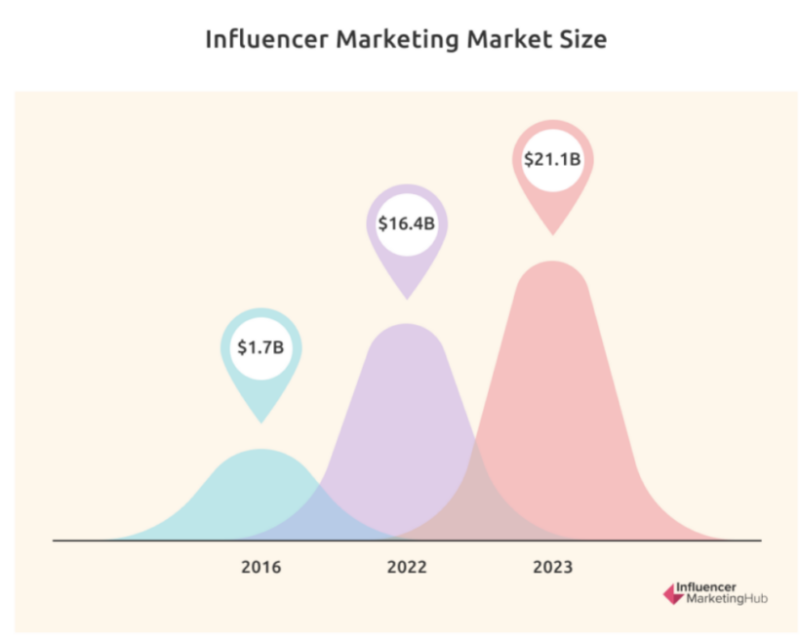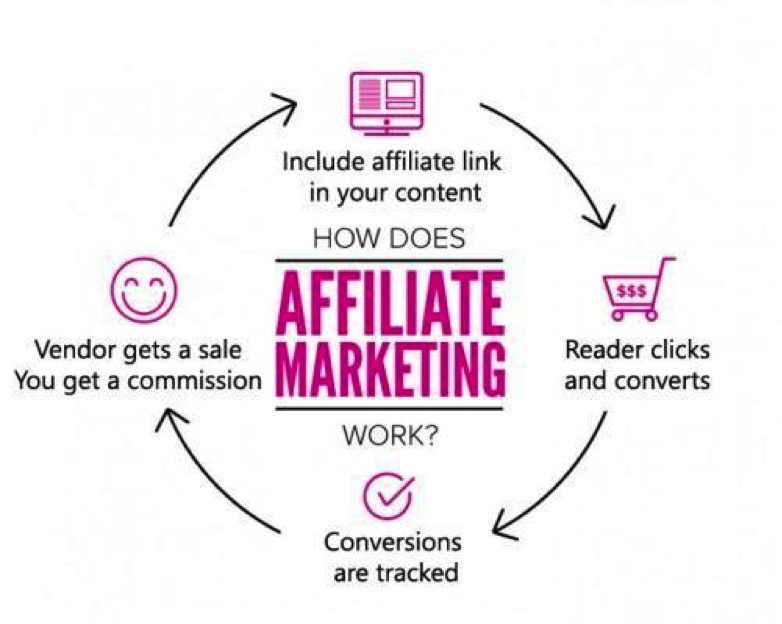Media partnerships in the ecommerce industry have undergone significant evolution over time. Initially, ecommerce companies primarily relied on traditional advertising channels such as television, radio, and print media to promote their products and services. These partnerships involved the placement of ads and sponsored content in traditional media outlets.
However, with the rise of digital media, automation, and the increasing importance of online presence, ecommerce companies have shifted their focus toward digital media partnerships.
These partnerships involve collaborating with popular online platforms, social media influencers, content creators, and digital publishers to reach their target audience.

marketing -partnership
One of the key factors driving this evolution is the changing consumer behavior and the growing popularity of social media and online content consumption. Consumers now spend more time on digital platforms, making them a valuable channel for ecommerce companies to reach their potential customers.
Media partnerships in the ecommerce industry have become more integrated and diversified. Companies are exploring various types of collaborations, such as:
Native Advertising
Ecommerce companies work with digital media buying companies to create sponsored content that seamlessly integrates with the platform’s editorial style and format. Native advertising allows ecommerce brands to gain exposure in a non-disruptive manner, reaching a larger audience organically. The key characteristics of native advertising include:
- Integration: Native ads are seamlessly integrated into the platform’s content, mimicking its style and format. They don’t disrupt the user experience and are often designed to provide value or information alongside promotional messages.
- Contextual relevance: These ads are targeted and relevant to the platform’s audience. They aim to align with the interests and preferences of the users, making them more likely to engage with the content.
- Disclosure: While native ads strive to blend in, they must be clearly labeled as advertising to maintain transparency and prevent any confusion or deception.
Native advertising has gained popularity in the ecommerce world in recent years due to its ability to deliver advertising messages in a non-disruptive manner. By aligning with the platform’s content and targeting the right audience, native ads can be more effective in capturing attention and driving engagement. However, it is important for brands to maintain ethical practices and ensure transparency to avoid misleading or deceiving the audience.
Influencer Marketing
Influencer marketing in ecommerce leverages the influence and reach of trusted individuals to promote products and drive customer engagement and conversions.
By partnering with influencers, ecommerce brands can tap into a targeted audience, enhance their brand visibility, and generate authentic content that resonates with potential customers. The key characteristics of influencer marketing in ecommerce include:

influencer-market-size
- Product promotion: Influencer marketing in ecommerce involves influencers promoting and endorsing products or services offered by ecommerce businesses. Influencers showcase the products through various content formats, such as sponsored posts, product reviews, unboxing videos, tutorials, or recommendations.
- Increased brand visibility: Partnering with influencers can significantly increase the visibility of an ecommerce brand. Influencers have a dedicated following, and their endorsements introduce the brand to a larger audience, potentially leading to increased brand recognition and awareness.
- Targeted audience reach: Influencers often have a specific niche or target audience that aligns with the target market of an ecommerce brand. This allows for targeted reach, ensuring that the brand’s message reaches relevant potential customers more likely to be interested in the products or services being promoted.
- Social proof and recommendations: These influencers act as social proof for ecommerce brands. Their suggestions and positive experiences with the products or services they promote can influence their audience’s purchasing decisions, leading to increased trust and higher conversion rates.
- User-generated content: Influencers often generate user-generated content featuring the ecommerce brand’s products. This content can be shared across social media platforms, allowing for increased organic reach and engagement, as well as encouraging user-generated content from the influencer’s followers.
Affiliate Marketing
Affiliate marketing is a widely used strategy in the ecommerce industry. It allows brands to collaborate with affiliates who promote their products or services and earn a commission for each sale or conversion they generate. This form of marketing operates through affiliate networks or individual affiliate programs established by brands.

affiliate-marketing
Read More at beeketing.com/blog/affiliate-marketing-ecommerce-business/ © Beeketing Blog
Affiliate networks serve as intermediaries, connecting brands with a network of affiliates who have registered to promote products. These networks provide a platform for brands to manage their affiliate programs, track sales and conversions, and handle commission payments.
Brands can also create their own affiliate programs, providing unique tracking links and resources for affiliates to use. This approach allows brands to have more control over the program and establish direct relationships with affiliates.
Content Collaborations
Ecommerce companies collaborate with digital publishers, online magazines, and popular websites to create engaging content that highlights their products or educates consumers about their industry. These partnerships aim to generate brand awareness and establish the ecommerce company as a thought leader in their field.
Also, content collaborations allow ecommerce brands to establish themselves as thought leaders and industry experts.
By creating valuable and informative content, such as expert interviews, how-to guides, or industry insights, brands can position themselves as authoritative sources in their field. This helps build trust and credibility among consumers, leading to increased brand loyalty and potential customer conversions.
Social Media Advertising
Ecommerce companies leverage paid advertising on popular social media platforms to target specific demographics and promote their products directly to potential customers. These partnerships involve strategic ad placements, audience targeting, and data analysis to optimize campaign performance.
Furthermore, advancements in technology and data analytics have allowed ecommerce companies to measure the effectiveness of media partnerships more accurately and avoid some common ecommerce mistakes.
They can track key performance indicators, such as conversion rates, click-through rates, and return on investment (ROI), to assess the success of their collaborations and make data-driven decisions for future partnerships.
Another significant trend is the integration of media and ecommerce platforms. Media companies are increasingly incorporating ecommerce functionality into their platforms, enabling users to directly purchase products featured in articles, videos, or social media posts.
Summary
In summary, media partnerships play a significant role in the ecommerce industry by enabling businesses to expand their reach, drive brand awareness, and increase customer acquisition. These partnerships provide access to valuable data and analytics through their platforms.
Ecommerce businesses can gain insights into audience demographics, engagement metrics, and customer behavior, allowing them to refine their marketing strategies and optimize their campaigns.




